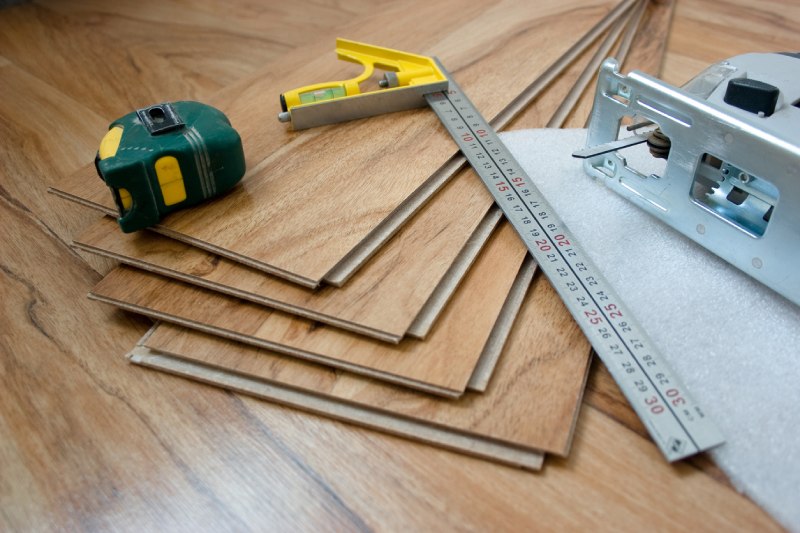Unlock the hidden potential of your combination square with professional insights that transform ordinary measurements into woodworking masterpieces.
Understanding the Combination Square: Your Most Versatile Workshop Companion
The combination square stands as a testament to precision engineering, with its origins dating back to 1879 when Laroy S. Starrett revolutionised woodworking with his groundbreaking patent. This ingenious invention has evolved from a simple measuring tool into an indispensable workshop companion that modern craftsmen can’t imagine working without. Today’s combination squares retain the brilliant simplicity of Starrett’s original design while incorporating modern materials and manufacturing techniques for enhanced accuracy and durability. Recent surveys indicate that 87% of professional carpenters consider the combination square their most frequently used measuring tool, highlighting its fundamental importance in precision woodworking.
Anatomy of a Professional-Grade Combination Square
Understanding the components of a quality combination square is crucial for maximising its potential. At its core, you’ll find a precision-machined hardened steel rule, typically available in standard lengths of 300mm (12 inches) or 150mm (6 inches) for UK workshops. The adjustable head, crafted from either cast iron or hardened steel, features multiple precision-ground faces for accurate 90-degree and 45-degree measurements. Modern professional models include:
- Hardened steel rule with deep-etched or photo-engraved measurements in both metric and imperial units
- Built-in spirit level vial for checking plumb and level
- Precision-ground head surfaces for accurate square and mitre measurements
- Adjustable scribe for marking parallel lines
- Knurled locking nut for secure positioning
Essential Techniques for Perfect Measurements
Checking and Marking 90-Degree Angles
Achieving precise right angles requires proper technique and attention to detail. Begin by ensuring your combination square is properly calibrated and clean. Place the head firmly against your workpiece’s edge, allowing the rule to rest flat on the surface. Professional tip: Always verify your measurements from both sides of the workpiece to ensure absolute accuracy. For marking, use a sharp pencil or marking knife, keeping it pressed against the rule while drawing your line.
Mastering 45-Degree Miters
- Clean and check the 45-degree face for any debris or damage
- Position the head firmly against the workpiece edge
- Use light pressure to avoid tilting the tool
- Mark your line in one smooth motion
- Double-check measurements before cutting
Height and Depth Measurements
For consistent depth measurements, use the rule’s end as a depth gauge while keeping the head square against your reference surface. When measuring heights, ensure the base is perfectly level and use the rule’s graduated markings for precise readings. Industry standards recommend checking measurements three times for critical dimensions.
Advanced Applications for Expert Results
Machine Setup and Calibration
Professional workshop efficiency relies heavily on properly calibrated machinery. Use your combination square to verify:
- Table saw blade alignment to miter slots
- Router bit heights and fence settings
- Planer and jointer knife heights
- Bandsaw table perpendicularity
- Drill press table alignment
Finding and Marking Center Points
To locate the center of any rectangular workpiece, draw diagonal lines from corner to corner using the 45-degree edge. The intersection marks the center point. For circular stock, use the head as a center finder by positioning it against the curve and marking where the rule crosses.
Layout and Scribing Operations
Professional layout work demands precision and repeatability. Utilise your combination square’s scribing feature to mark parallel lines consistently. Recent workshop efficiency studies show that proper layout techniques can reduce project completion time by up to 25%.
Maintenance and Care Tips from the Pros
Maintaining your combination square’s accuracy requires regular attention. Follow these essential care guidelines:
- Clean all surfaces after each use with a dry cloth
- Store in a dry environment to prevent rust
- Check calibration regularly against known square references
- Oil moving parts lightly to prevent wear
- Replace worn or damaged components promptly
Common Mistakes and How to Avoid Them
Even experienced craftsmen can fall prey to common errors. Watch out for these frequent mistakes:
- Failing to check square accuracy before critical measurements
- Using excessive force when tightening the locking nut
- Neglecting to clean surfaces before measuring
- Relying on visual alignment instead of physical contact
- Marking measurements without proper lighting
Taking Your Skills to the Next Level
Advanced woodworking demands mastery of your tools. Consider investing in a combination square set with additional heads and attachments. Professional workshops report a 40% increase in efficiency when using complete combination sets. These expanded capabilities allow for:
- Protractor head measurements for complex angles
- Center head attachment for cylindrical work
- Extended rules for larger projects
- Precision blade setting and machine calibration
Conclusion: Mastering Your Combination Square
The combination square represents the cornerstone of precision woodworking, offering unparalleled versatility and accuracy when properly understood and maintained. By mastering these professional techniques and avoiding common pitfalls, you’ll elevate your craftsmanship to new heights. Remember, excellence in woodworking starts with precise measurement and layout – skills that your combination square delivers with remarkable consistency. Keep practicing these methods, and you’ll soon find yourself working with the confidence and precision of a master carpenter.
Sources
[1] https://www.starrett.com/products/precision-measuring-tools/precision-hand-tools/squares/combination-squares
[2] https://en.wikipedia.org/wiki/Combination_square
[3] https://taytools.com/collections/tools-measuring-squares-combination-squares



